In our daily lives, we might think games are just for filling our free time, a different type of relaxation, or even a visual inspiration. Aristoteles mentions that paidia (from ancient Greek, it means “childish play, amusement”), which is games are an activity for filling our “Schole” which is interesting because in Ancient Greek, “Schole” means free time and leisure. Therefore, what Aristoteles meant is that games are for kids and fill our free time but are also a method of relaxation from leisure. This is one of the many definitions of the game by Aristoteles; however, we will not be going to talk about the rest of them.
However, there is more to that. Games help us to connect to the world and allow us to create a community. It helps us be more aware of our surroundings, and in time, those games start to create a community. Such as when a group of kids starts to play hide-n-seek in a neighborhood which starts a gaming community in a small neighborhood. Players must be aware of their surroundings and which place is the best hiding place. When space starts to be a part of that game, players come to know every detail of that neighborhood.
Those elements we discussed in video games leveled up at a spectacular point. Right now, we have a worldwide “Gaming Community,” and in that community, it creates small tribes like “PC Gaming,” “Console Gaming,” and so on. However, it starts to disconnect from our environment. The beauty of simple street games is in connection with the environment and the city. We are not talking about video games making people anti-social or anything else. We are talking about becoming more connected in digital rather than the practical (physical) space, which causes us to be strangers in our hometown.
In the 21st century, with the huge effect of gaming, a group of people started to ask whether we can play a digital game in the city itself. Digital platform interacts with monuments or public spaces that are in the city. That kind of question gave birth to hybrid games. The main reason to call it hybrid games, the game action takes in the digital world, but it also has a connection to the public space. A game that works with both worlds, like a bridge. In addition, it uses the benefits of digital world socializing and the benefits of practical world interaction and connection.
REXplorer
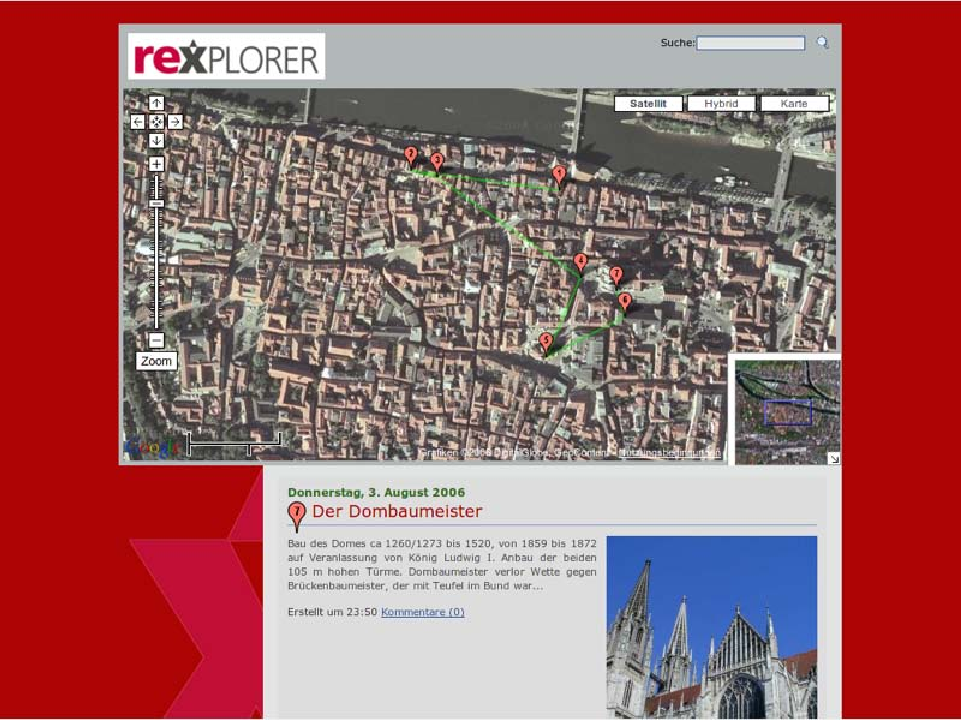
REXplorer is a game made by “Serious Game.” They aimed to use the interactivity of video games to make the city a huge game space and engage their players to educate, inspire and discover the landmarks of Regensburg. REXplorer is a mobile spell-casting game designed especially for tourists visiting Regensburg, Germany.
REXplorer is a game made by “Serious Game.” They aimed to use the interactivity of video games to make the city a huge game space and engage their players to educate, inspire and discover the landmarks of Regensburg. REXplorer is a mobile spell-casting game designed especially for tourists visiting Regensburg, Germany.
The idea of the game is that when you start your adventure in Regensburg, the game uses your GPS location and encounters you with spirits along your way. Those are not random spirits; they are historical figures linked to a landmark or a historical building in the city. The game’s main storyline is paranormal activity in the city and should be cleaned. When players encounter those paranormal activities, they want to cast a spell with their phone to lift the curse or solve the puzzle, but that’s not just it.
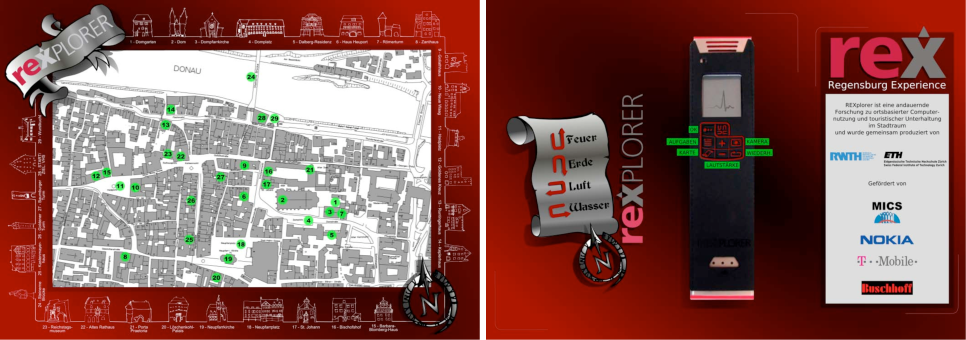
The place they will end up is either a historical building or a landmark in the city; after lifting the curse, they can communicate with the spirit, and the spirit tells the story behind this place and informs the player about the history of that building. If a player wants another quest, they will be sent to another historical landmark, and it goes on. The main purpose of these hybrid games is to make the city more interactive and engaging with its culture and history for its citizens and tourists.
Nevertheless, this game is an urban interactive game. Making users more aware of their surroundings and making them more aware of their city. As architects and urban planners, we might not know every single story or historical event in our city, and it is hard to find the right resources. What if we turn our public spaces into a story-based scavenger hunt game and make landmarks, historical structures, and even important designs take place in our hometown more interactive? Looks like a new arena for Architects.
Geocaching
What about a scavenger hunt in our city? Geocaching is a game that takes place in any city or rural place. The game’s main idea is to use GPS to find hidden caches around the city, especially in rural areas. While finding those caches, the game gives you the latitude/longitude coordinates of caches and some clues to help you find them. There are even some rewards from Geocaching or the previous founder.
The main idea here, as we talked about before how a neighborhood becomes a hybrid game space in a hide-n-seek game. With a simple way of using GPS, this game turns not just the city but its rural areas into a game area as well. Like in Rexplorer it encourages people to be more aware of its surroundings, but this time it is much more focused on untouched lands.
PokemonGo
Gotta catch ’em all, right? We all know or maybe have heard of the popular mobile game PokemonGo which works with the city itself, but what is important here? What if we could use this game as a site analysis resource?
In PokemonGo virtual world, there are places called “Arena.” Those arenas are not placed randomly; in fact it identified as where are the most crowded areas like parks or social meeting points. Sometimes those arenas show up in a place with no park or other specified role. This shows us that space has something special which makes people meet there. It’s actually a space syntax and also a hybrid game.
With some hybrid games, we can make architectural elements or spaces more interactive with people. In addition, we can use other types of hybrid games as data for our analysis. The hybrid game is an opportunity to combine architectural elements and city planning with the digital world.




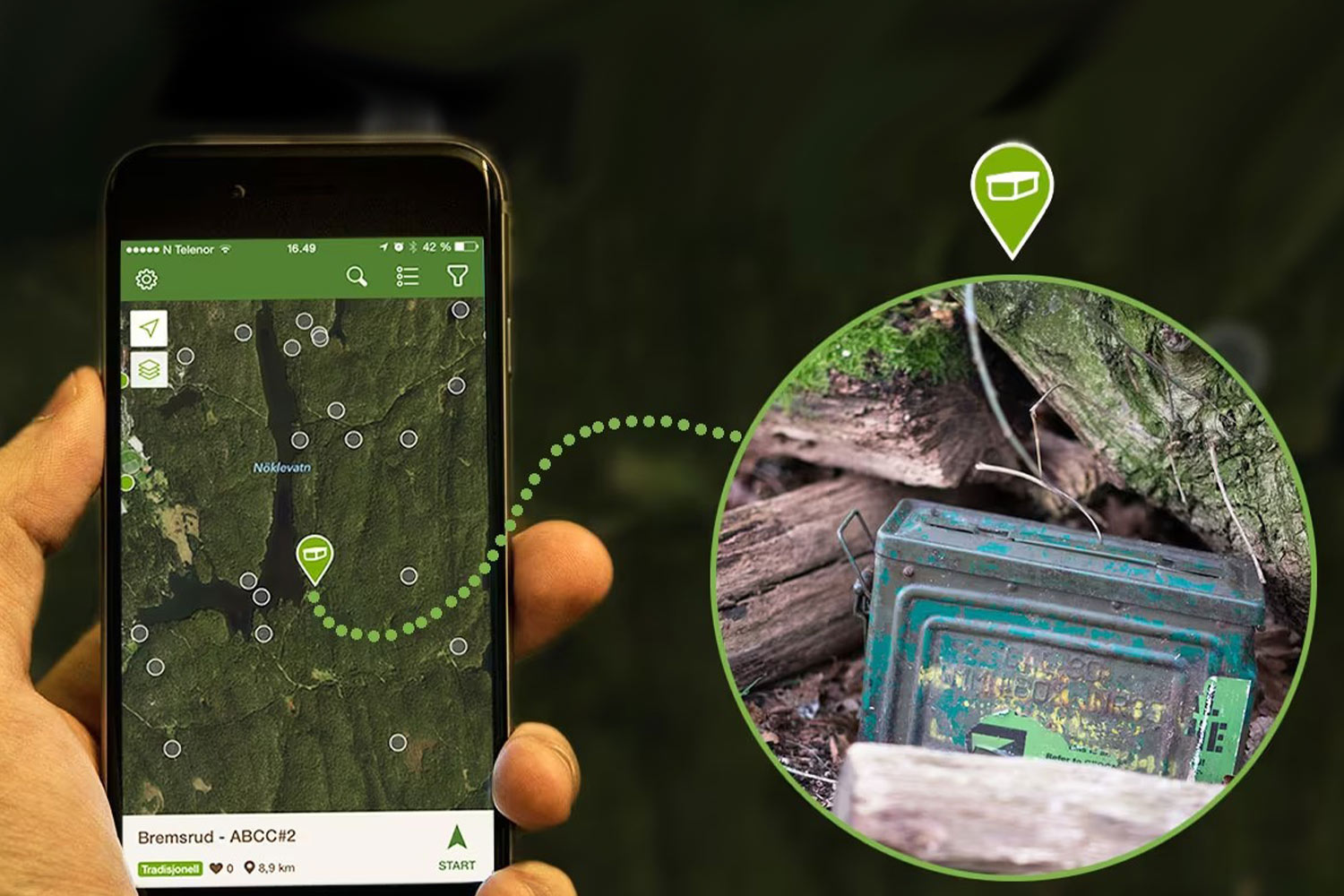
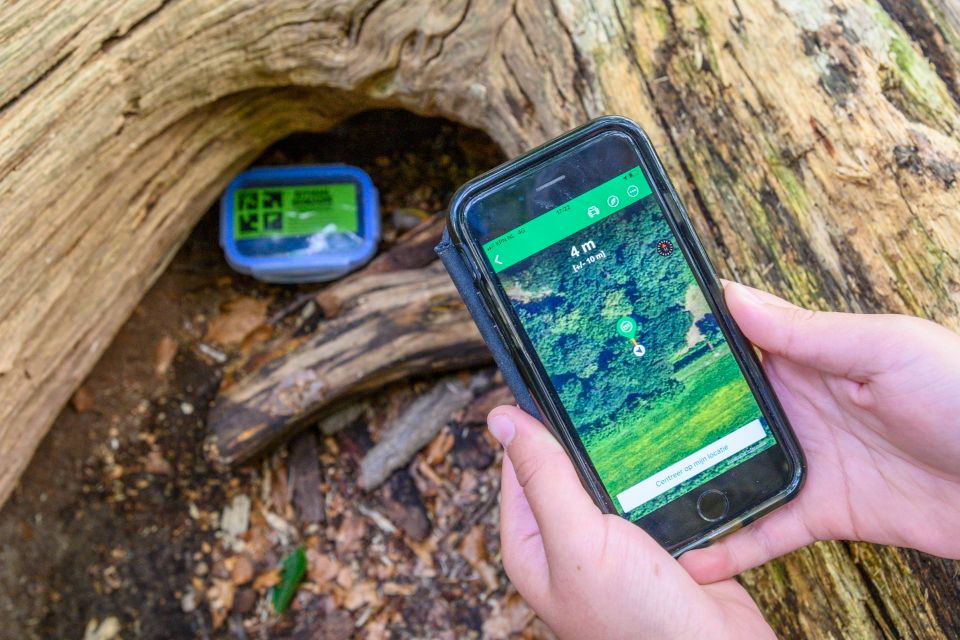
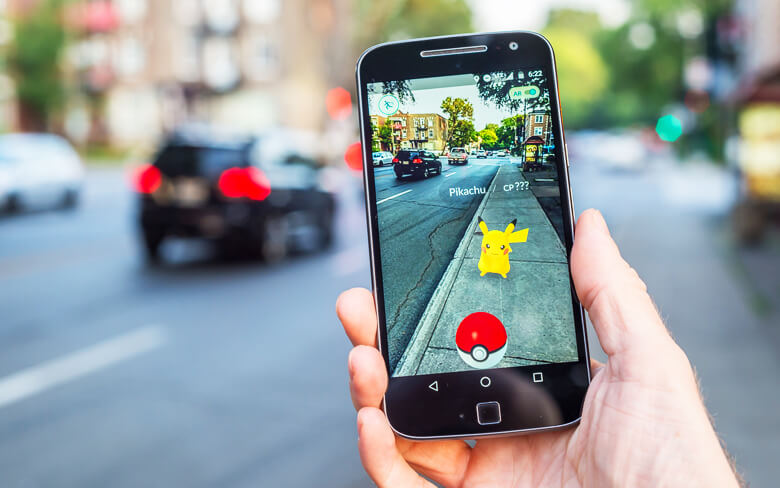
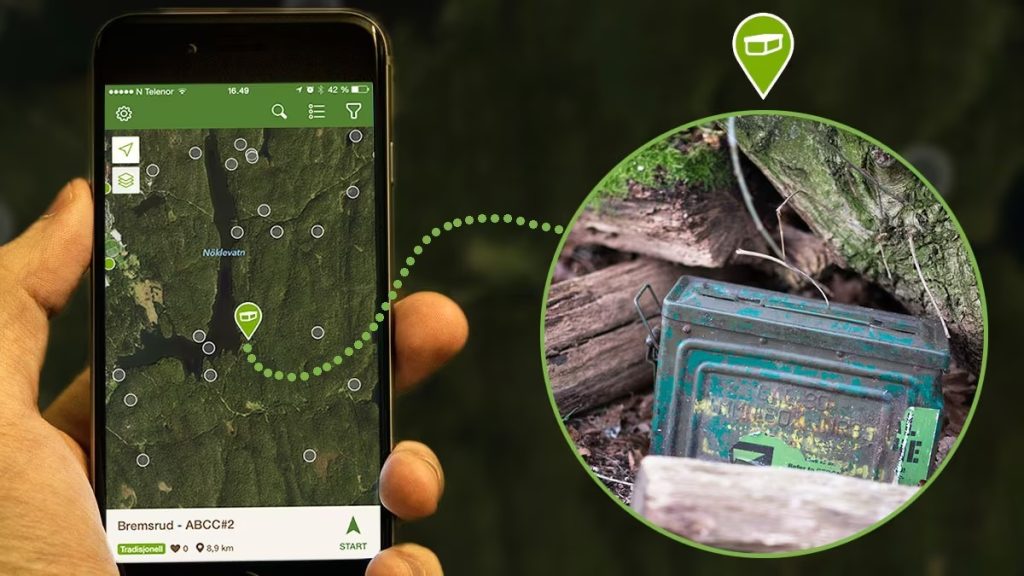

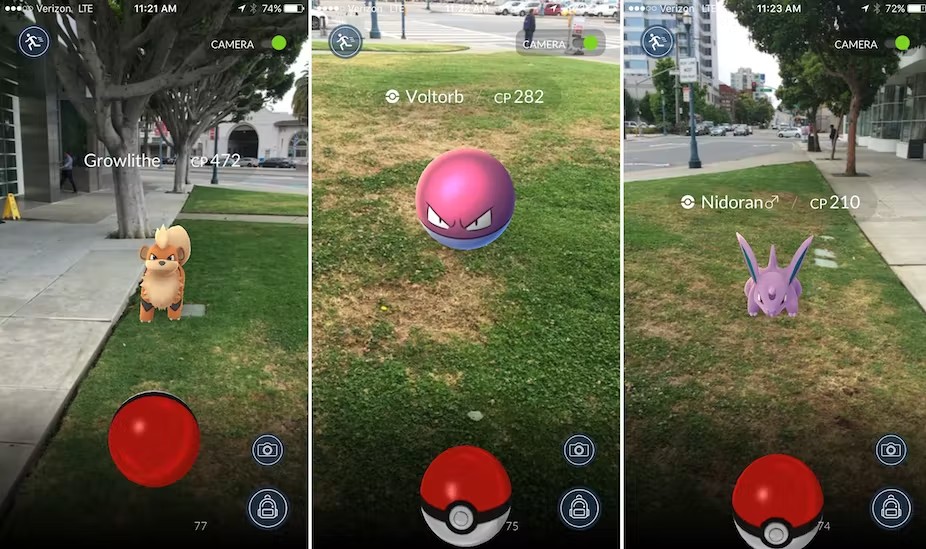
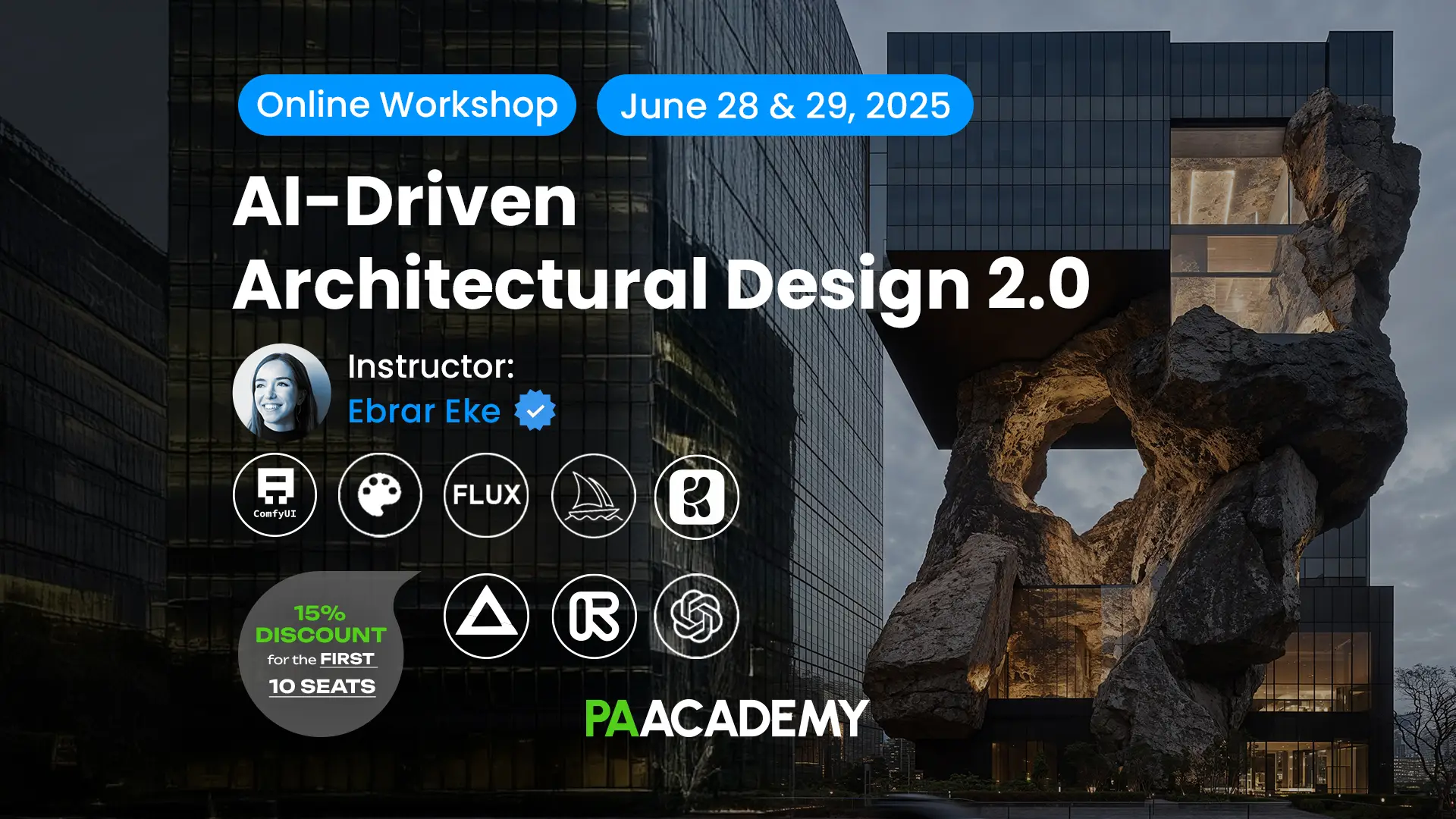
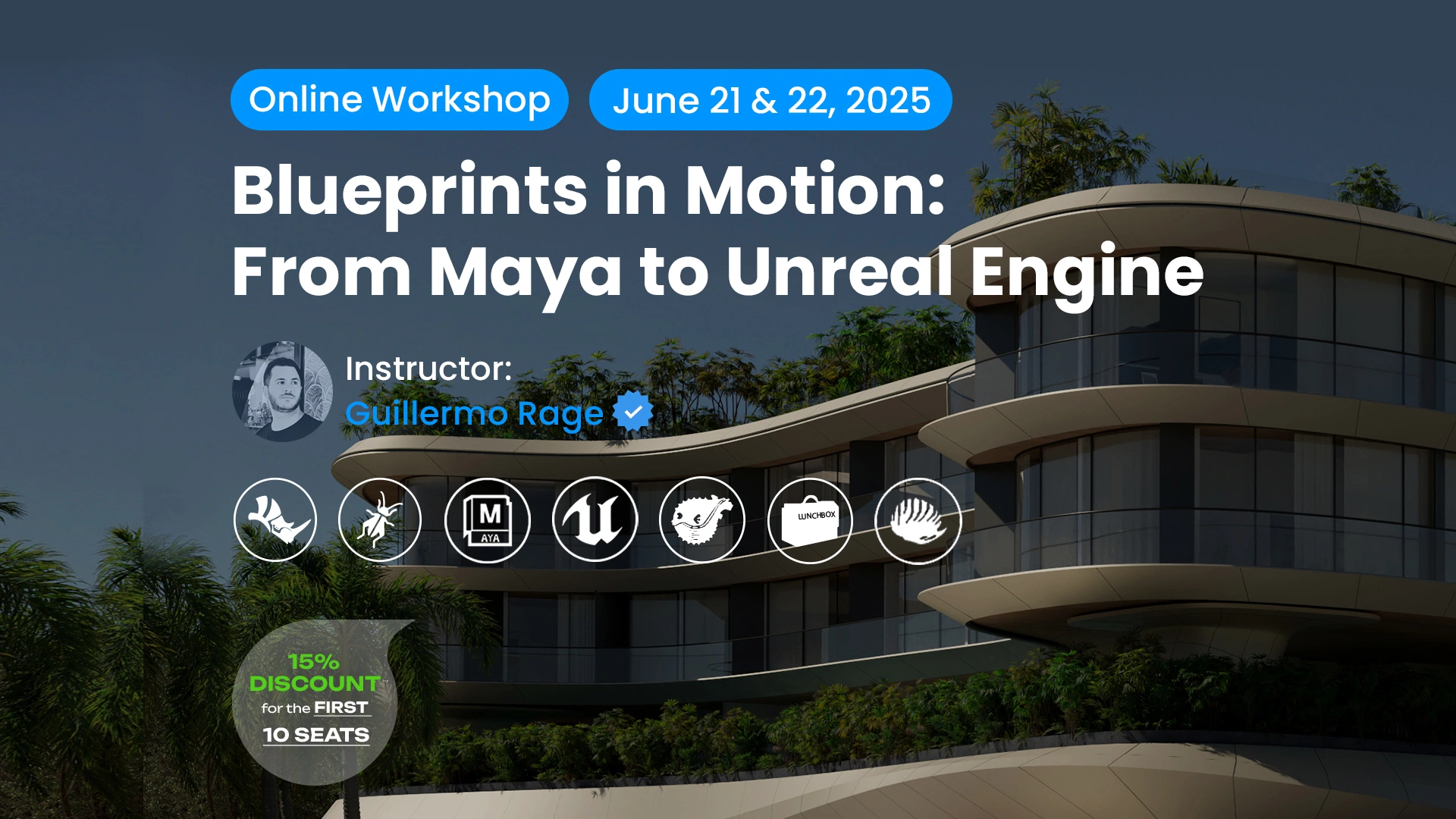











Leave a comment